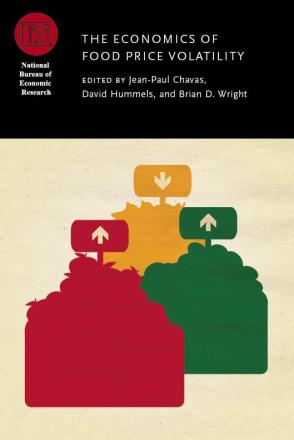Influences of Agricultural Technology on the Size and Importance of Food Price Variability

Technological change in agriculture affects the variability of food prices both by changing the sensitivity of aggregate farm supply to external shocks and by changing the sensitivity of prices to supply or demand shocks. At the same time, by increasing the general abundance of food and reducing the share of income spent on food, agricultural innovation has made a given extent of price variability less important. This chapter explores these different dimensions of the role of agricultural technology in contributing to or mitigating the consequences of variability in agricultural production, both in the past and looking forward. A conceptual overview is provided of the mechanisms whereby agricultural innovation can change the extent of price variability and its implications. A review of patterns of production, yields, and prices for the major cereal grains over the period since World War II indicates that technological change has contributed significantly to growth of yields and production and to reducing real prices, but has probably not contributed to increased price variability. An illustrative analysis using simulations of the global economy to 2030 shows that technical change reduces the importance of variability for the poor--especially by reducing the number of poor.
-
-
Copy CitationJulian M. Alston, William J. Martin, and Philip G. Pardey, The Economics of Food Price Volatility (University of Chicago Press, 2014), chap. 1, https://www.nber.org/books-and-chapters/economics-food-price-volatility/influences-agricultural-technology-size-and-importance-food-price-variability.Download Citation
-


